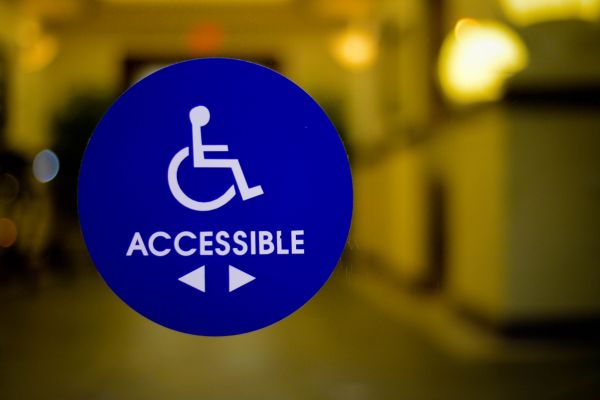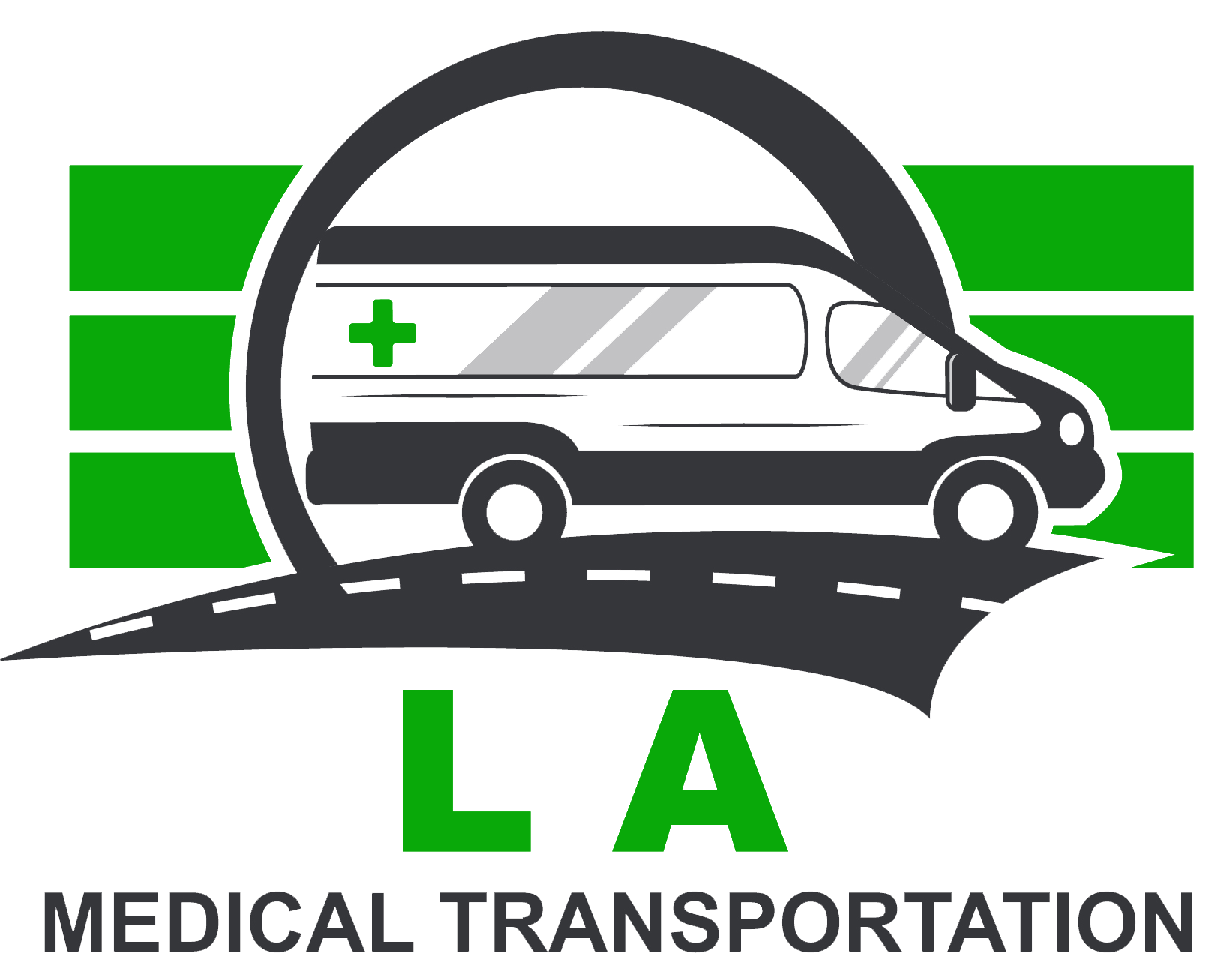Traveling is a fantastic adventure that allows us to discover new experiences and stunning landscapes. People who use wheelchairs face distinctive obstacles when exploring the world, particularly when encountering different types of terrain.
Whether busy city streets or rough natural landscapes, every environment requires thoughtful planning and preparation to ensure a seamless and pleasurable journey.
This article will explore valuable suggestions for overcoming transportation challenges while traveling with wheelchairs on various terrains.
Choose the Right Wheelchair
When embarking on a journey across various landscapes, one of the critical considerations for individuals using wheelchairs is choosing the correct wheelchair. Not all wheelchairs are designed to navigate different types of surfaces, so it’s crucial to select a model that suits your specific travel requirements.
For instance, all-terrain wheelchairs are designed to handle rough and uneven surfaces, providing enhanced stability and traction. On the other hand, lightweight and foldable wheelchairs are ideal for urban travel or situations where space is limited.
It is advisable to assess the terrain you will encounter during your journey and seek guidance from a mobility expert to find the perfect wheelchair that prioritizes comfort and safety throughout your travels.
Travel with a Companion
Traveling with a companion can significantly enhance the experience of wheelchair users navigating diverse terrains. A companion can provide valuable assistance in overcoming obstacles, offering support during transfers, and helping navigate unfamiliar environments.
Moreover, having a companion can add an extra layer of security, especially in more challenging terrains. Together, you can explore new places and make unforgettable memories. Before you embark on your adventure, consider traveling with someone who understands your needs and is willing to assist you throughout the journey.
Carry Essential Documents
Make sure to store copies of your ID, travel insurance, medical records, and prescriptions in a safe folder. It’s essential to have these documents readily available in case of an emergency or unforeseen medical situation.
Furthermore, it’s a good idea to carry a letter from your healthcare provider that details your medical condition, necessary medications, and any special needs you may have while traveling. Being well-prepared with all the necessary documents will make your journey smoother and give you peace of mind.
Use Apps for Accessibility Information
Many apps are available that provide valuable information about locations that are wheelchair-friendly, attractions that are accessible, and routes that are free of barriers. These apps can benefit travelers as they plan their trips, ensuring that the places they want to visit will cater to their specific needs.
Moreover, some apps even offer real-time updates on transportation accessibility and include reviews from other users. This makes determining which places would be the most suitable for your travel experience much more straightforward.

Communicate with Accommodation Providers
When organizing your travel plans, reaching out to the accommodations beforehand is crucial. Make sure to get in touch with hotels, resorts, or any other places where you plan on staying to confirm if they have rooms or facilities that are wheelchair accessible.
Ask about things like wheelchair ramps, roll-in showers, and other features that can enhance your comfort during your stay. By clearly expressing your requirements, you can prevent any unexpected issues upon arrival and have a smooth and enjoyable experience.
Final Thoughts
Traveling with a wheelchair in different terrains may present challenges, but with careful preparation and the right approach, it can be an enriching experience. Choosing the appropriate wheelchair, traveling with a companion, carrying essential documents, using accessibility apps, and communicating with accommodation providers are crucial steps to ensure a smooth and enjoyable journey.

